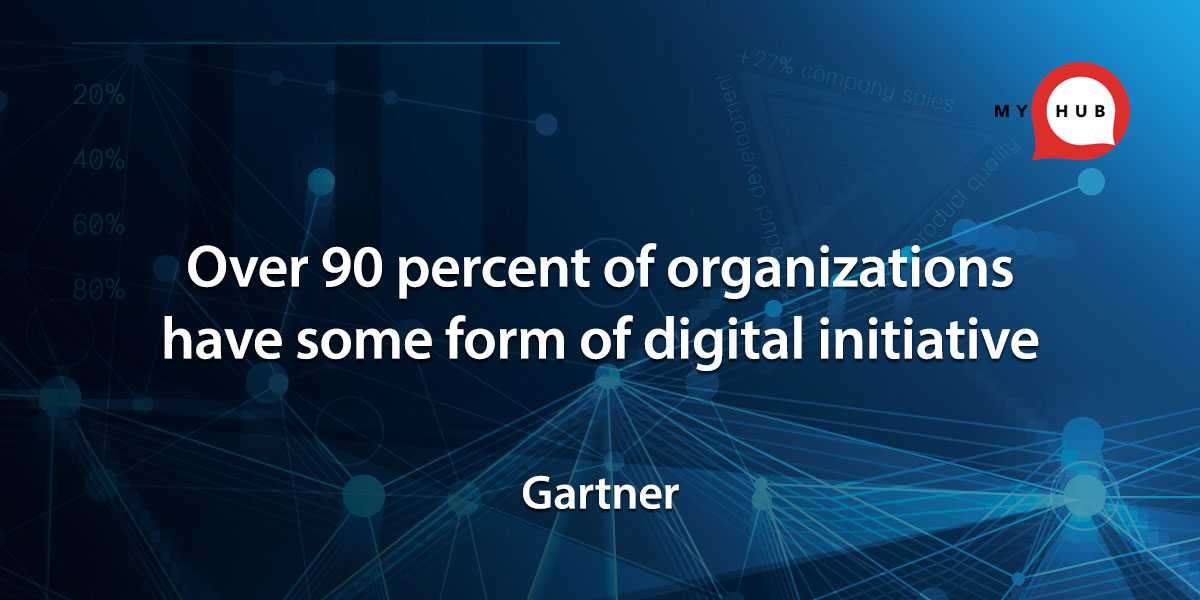Security-as-code encapsulates the essence of DevSecOps, offering a practical approach to software security. This article delves into "Security-as-code: A smart solution to a complex endeavor," emphasizing the importance of embedding security into the SDLC. By automating and consistently applying security controls, organizations can effectively mitigate risks. As infrastructure as code gains momentum, automated security policies are essential to align with the pace of DevOps. Prioritizing this approach ensures agility and resilience in modern development environments.
Embedding Security Throughout the SDLC:
At its core, security-as-code advocates for the embedding of security practices throughout the software development life cycle (SDLC). This holistic approach ensures that security controls are not an afterthought but are automated and consistently applied from inception to deployment. By integrating security into the fabric of the SDLC, organizations can preemptively address vulnerabilities and mitigate risks effectively.
The Rise of Predefined Security Policies:
Predefined security policies play a pivotal role in enhancing efficiency and preventing security breaches. These policies provide a framework for automated checks, enabling organizations to identify and rectify potential misconfigurations that could lead to exploitable security flaws. By establishing standardized security protocols, organizations can streamline processes and fortify their defenses against evolving threats.
Six Key Capabilities of Security-as-Code:
Francois Raynaud, founder and managing director of DevSecCon, emphasizes the importance of transparency and collaboration between security practitioners and developers. Here are six essential capabilities to prioritize in implementing security-as-code:
We're Here to Listen - Reach Out: https://devopsenabler.com/contact-us
- Automate: Integrate security scans and tests into the pipeline to ensure consistent application across all projects and environments.
- Build: Establish an immediate feedback loop to empower developers to remediate security issues while coding.
- Evaluate: Regularly monitor automated security policies to prevent inadvertent exposure of sensitive data.
- Standardize: Implement standardized processes for handling security exceptions and automating remediations.
- Test: Conduct comprehensive security testing at every code change to identify and address vulnerabilities promptly.
- Monitor: Utilize monitoring tools to track vulnerabilities and their remediation progress, ensuring continuous improvement of security posture.
By embracing these best practices, organizations can transition into well-oiled DevSecOps machines, where security-as-code serves as the linchpin of their security strategy. Tools like GitLab’s Security Dashboard and Compliance Dashboard provide enhanced visibility and simplify efforts to maintain compliance and address vulnerabilities effectively.
Security-as-code represents a paradigm shift in how organizations approach software security. By embedding security into every facet of the SDLC and leveraging automation, organizations can navigate the complexities of modern development while maintaining agility and resilience. As the use of infrastructure as code continues to accelerate, security-as-code emerges as an indispensable tool in safeguarding against threats and ensuring the integrity of software systems. Embracing security-as-code not only enhances security posture but also fosters collaboration between security teams and developers, ultimately leading to more secure and resilient software products.
Contact Information:
- Phone: 080-28473200 / +91 8880 38 18 58
- Email: [email protected]
- Address: #100, Varanasi Main Road, Bangalore 560036.








